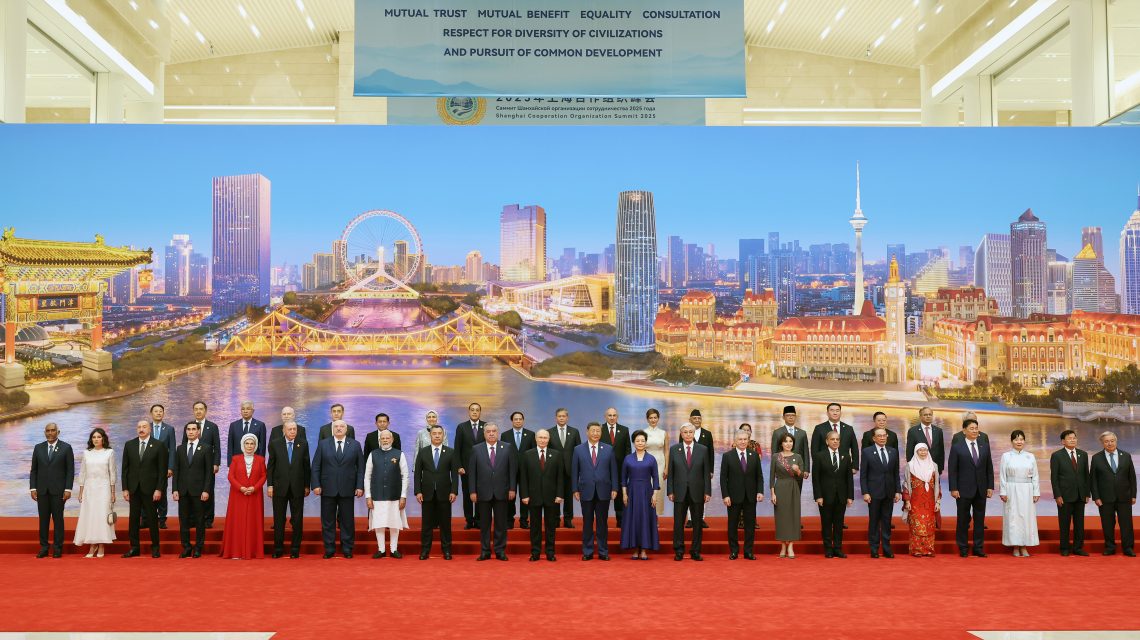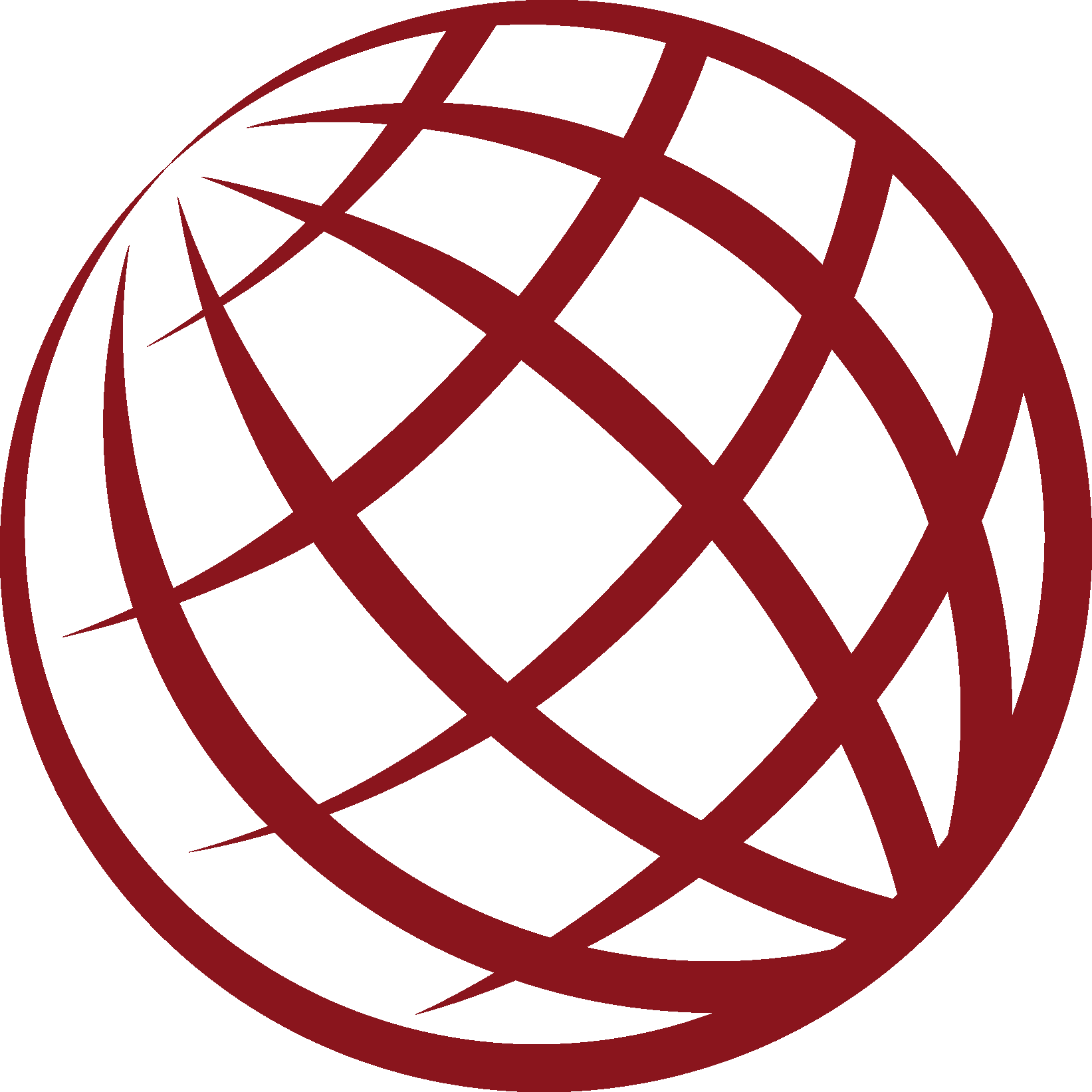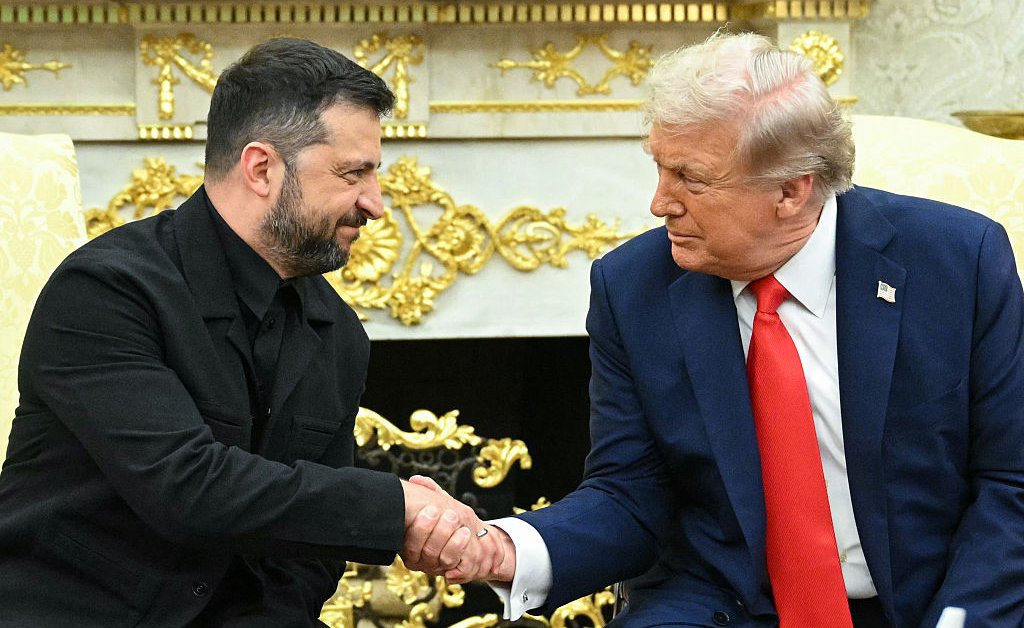Xi Jinping is shifting China from an export-driven economy to the orchestrator of a new world order.
In a nutshell
- China invests abroad to convert economic power into political influence
- Xi’s governance model challenges Western-led norms and structures
- China’s economic influence on other nations beats Russian, U.S. tactics
Since Xi Jinping became president of China in 2013, two major diplomatic strategies have emerged. One is his Belt and Road Initiative (BRI), which originated with China putting its surplus foreign exchange reserves to work. Beijing concluded that continuing to purchase more United States Treasury bonds was not an ideal strategy, and instead began extending loans to other nations. Coupled with China’s desire to dump its excess products and the urgent infrastructure needs of many developing countries, the initiative was seemingly a natural fit for the times.
By that time, President Xi’s original intent was not to disrupt today’s trade landscape, but rather to use it as a conduit to sell more Chinese goods to Europe and the U.S.
More than a decade later, President Xi has now embarked on his second grand strategy, positioning China as a global leader while America retreats, which is less his own initiative and more a case of riding the wave following the reelection of U.S. President Donald Trump and the launch of his tariff war. Many Asian countries, particularly India, have become victims of American trade protectionism, and as a result, China seems a more attractive partner than ever before.
China’s strategy to shape the global order
Unlike Chinese investments on the global chessboard via the BRI, President Xi’s current designs aim to reshape the existing political and economic order through policy, institutional and technical alignment.
The recently proposed Global Governance Initiative (GGI) is part of this broader strategy. Politically, this entails establishing a world order dominated by like-minded states capable of counterbalancing the West – a so-called pluralistic world order. His envisioned economic order can counter Western financial, trade and market rules, with China leading the rule-making process as it creates the new political landscape.
Mr. Xi hosted two major events in September – the Shanghai Cooperation Organization (SCO) summit in Tianjin, followed by the Tiananmen military parade – that demonstrated his resolve and capability to reshape the current order. Behind the lofty rhetoric of the GGI at the SCO summit, he aimed to position China as the champion of global civilization and justice. At the military parade, flanked by Russian President Vladimir Putin and North Korean leader Kim Jong-un, he sent an unambiguous signal to the world: rogue states are Beijing’s honored guests.
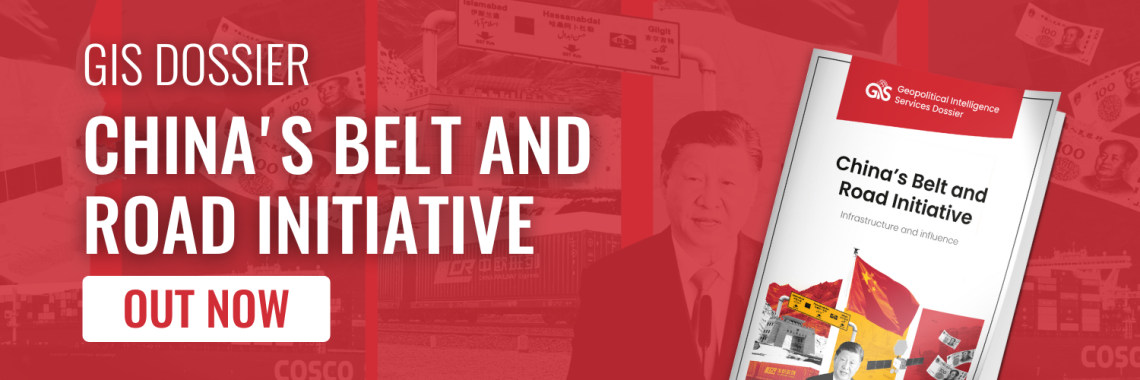
While Russia and the U.S. aim to lead globally, they pursue this through different means with varying degrees of success. President Putin seeks to advance BRICS to establish a payment system outside the Western financial order, or to use military force to compel neighboring nations to comply with Moscow’s will. However, Mr. Putin has not achieved his desired success. President Trump, meanwhile, focuses on forcing other nations to heed his commands through sticks like tariffs and kinetic threats, rather than using the carrots of soft power, thereby fraying some alliances in the process.
Facts & figures
How Xi wins friends and influences people
President Xi’s approach differs from those of the Russian and American leaders. To open doors to other nations, he places initial emphasis on expanding China’s economic reach through trade, the country’s formidable manufacturing base and new technologies. This approach aims to encourage more countries to embrace the Chinese model.
In some respects, President Xi’s design may be more farsighted and enduring than those of Washington and Moscow, though it carries risks. Beijing’s approach consistently reflects its pursuit of mercantilist hegemony as a tool to achieve global dominance. Unlike free-market capitalism, China does not desire a competitive world and is unwilling to see its manufacturing base shift to other countries. Beijing prioritizes achieving global hegemony – displacing the U.S. from its top position – and ensuring the permanence of its dominance. To this end, President Xi’s China pursues monopolies in energy, critical minerals, technology and manufacturing.
The SCO was originally established as a security and counterterrorism-focused grouping. Yet at this year’s summit, economic cooperation took center stage – precisely as designed by President Xi.
Strategic energy relations
President Putin placed immense importance on his four-day visit to China. He personally brought three deputy prime ministers and 10 ministers to attend the SCO summit. This was not without reason. Russia’s economic situation has become increasingly dire as Moscow’s war on Ukraine drags into its fourth year. To sustain its war effort, Russia urgently needs Beijing’s largess and must sell its extracted resources as quickly as possible.
Facing the Russian threat, Kyiv’s current strategy is clear: destroy Russia’s economic lifelines – oil pipelines, refineries, military factories and infrastructure to scupper Moscow’s ability to supply resources to the front lines. Ukraine recently deployed multiple domestically developed missiles and drones that, as of the publication of this report, destroyed more than 30 percent of Russia’s gasoline and diesel production capacity and significantly disrupted the country’s economy.
Since 2022, Beijing has been buying more energy from Russia than ever before. It has also abandoned its long-held principle of rigidly adhering to energy diversification – the practice of not sourcing all energy products from one region or supplier. The reason lies in the recent conflict between Iran, Israel and the U.S., which led Beijing to conclude that the Middle East is no longer a particularly secure energy supplier.
It appears China has decided that Russia will become its primary supplier of energy and resources going forward.
Moreover, Russia has had to accept the low prices proposed by China. It is within this context that the Power of Siberia 2 pipeline project – envisioned to stretch from Russia through Mongolia to China – is moving into the planning phase after more than a decade of negotiations. The project, which Russian officials said will take a decade to transition from development to operations, was personally approved by the leaders of all three nations involved. Upon eventual completion in the 2030s, Russia is expected to supply China with 50 billion cubic meters of natural gas annually under a 30-year contract. Although Moscow will not see profits from this project for years, it has alleviated some of China’s energy security concerns and Beijing will no longer have to pay premium prices for seaborne liquefied natural gas from the U.S. and other countries.
In a reciprocal gesture of support for President Putin, President Xi has requested that Russia increase gas volumes through the Power of Siberia 1 pipeline. Next year’s gas supply is projected to reach 44 billion cubic meters. Although the price remains lower than what Moscow charges European Union member states Slovakia and Hungary, President Putin had no choice but to smile and express gratitude to China.
It appears China has decided that Russia will become its primary supplier of energy and resources going forward. Moreover, Russia has pledged to make China the world’s largest nuclear power producer. Both sides are currently enhancing border transportation capacity and encouraging Chinese companies to mine in Siberia and the Far East, allowing more minerals to be shipped to China. This development stands in stark contrast to Europe’s current predicament of high energy costs and dependence on critical minerals from abroad.
The Tianjing SCO summit bore witness to Russia’s willingness to be a solid foundation for China’s energy supply needs, which will be crucial to China’s significant manufacturing industry.
Neighboring nations welcome Chinese links
During the SCO summit, Malaysia and China devised a plan to extend the East Coast Rail Link (ECRL) to the Malay-Thai border. As a core infrastructure project of Malaysia’s Greater Kuala Lumpur Plan, the 665-kilometer ECRL is currently 60 percent complete and has created over 80,000 job opportunities along its route in the first half of this year. The extension of the railway will link 120 million people across the nations, significantly enhancing the efficiency of transporting goods and passengers.
Manufacturing and tourism industries along the rail corridor are expected to benefit. From January to August this year, trade between China and Southeast Asian countries reached 5.2 trillion yuan ($730 billion). Once the railway is fully completed, bulk commodity transportation costs between China, Malaysia and Thailand are projected to decrease by as much as 20 percent.
Meanwhile, Bangkok and Beijing have decided to proceed with a second phase of the project, extending the railway to the Laotian border. Construction is set to commence later this year and finish in 2031. As a landlocked nation, Laos depends entirely on neighboring countries for its exports. After the China-Laos railway (a key BRI project) was launched in 2021, cross-border cargo volume surged between various countries in the region.
Read more by China expert Junhua Zhang
Indonesian President Prabowo Subianto, seeking China’s financial and technological support, attended the military parade in Tiananmen despite domestic turmoil and widespread protests. There, the two sides agreed to construct an $80 billion seawall project to protect the northern region of Jakarta, which experiences continuous land subsidence, with some areas already below sea level.
After years of effort, China has persuaded many neighboring countries to adopt its technologies and standards. While numerous Southeast Asian nations (such as Thailand, Laos and Indonesia) previously used 1,000-millimeter gauge rails, many have since switched to the 1,435-millimeter gauge used by China. Similarly, railways currently under construction in Central Asia and Mongolia are opting for China’s format and discontinuing the use of the Russian standard gauge.
With the expansion of infrastructure development, an increasing number of Chinese companies are establishing production facilities in Southeast Asia, Central Asia and Mongolia. To some extent, these regions have become testing grounds for the internationalization of Chinese enterprises.
Of course, this does not imply smooth sailing for China in these nations. In fact, since the inception of the BRI, China has not departed from the customary practices in authoritarian states. Projects often result from the will of the nations’ top leaders alone, with little objective scrutiny of feasibility from social, environmental or cost perspectives.
Thawing China-India relations
For decades, India and China had little common ground. At the SCO defense ministers’ meeting in June, India was the only member state that initially opposed signing the joint communique. However, President Trump’s tariff war has pushed Beijing and New Delhi closer together.
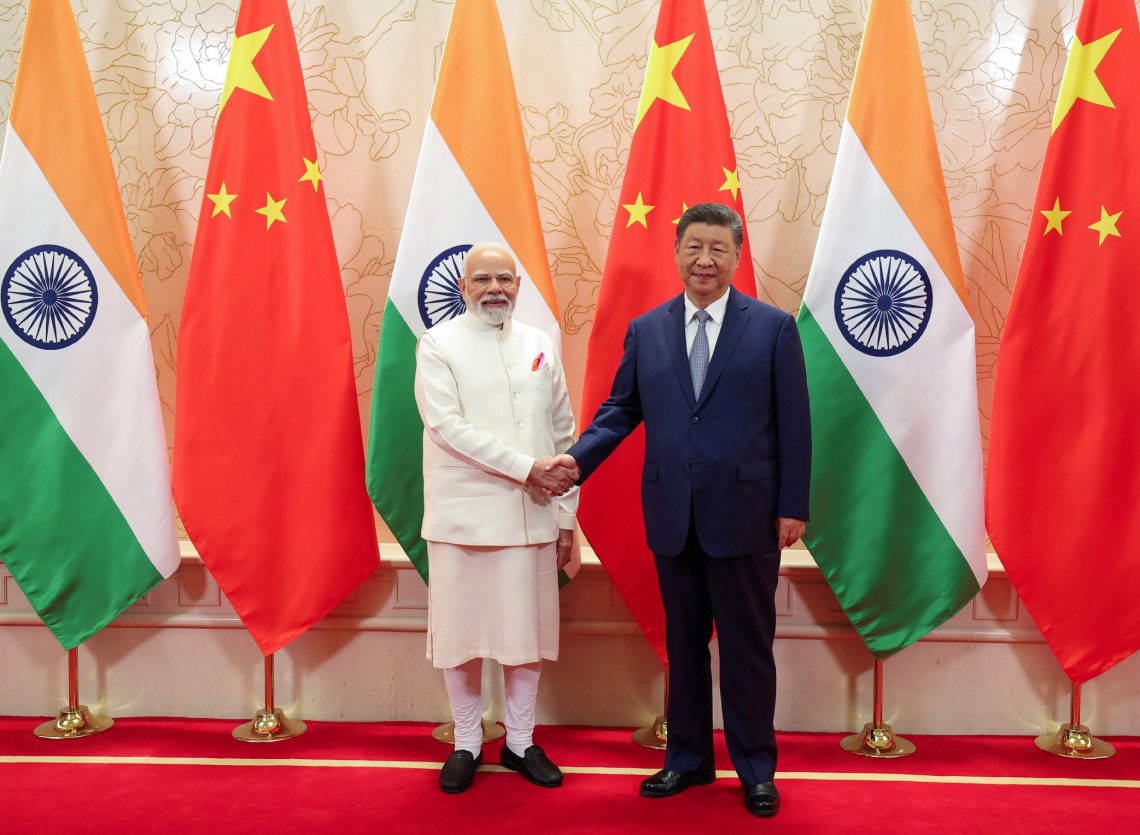
President Trump imposed a 25 percent tariff on goods imported to the U.S. from India, and subsequently added a 25 percent tariff for many Indian goods due to the country’s increasing purchases of Russian oil. Ironically, President Trump has taken no action against China despite it being the largest buyer of Russian oil and a major buyer of its gas, fearing retaliation from President Xi.
Washington’s current approach is undermining the erstwhile cooperation between India and the U.S. During Prime Minister Narendra Modi’s February visit to Washington, the U.S. and India signed the Mission 500 agreement, aiming to increase bilateral trade to $500 billion by 2030. Geopolitically, whether through AUKUS or the Indo-Pacific strategic alliance, U.S.-India relations far surpass those with other Asian nations.
Yet President Trump’s actions have instead provided Beijing with an opportunity to mend relations with New Delhi. This explains why Xi Jinping was so warm toward Prime Minister Modi at the SCO summit, as well as his condolence messages to Indian President Droupadi Murmu and Mr. Modi following the Indian airliner crash in June. Additionally, Mr. Modi’s signing of the Tianjin communique reflects the growing understanding between the two leaders, aligning with President Xi’s wishes.
India needs China’s technology and raw materials. Meanwhile, China has long been eyeing India’s vast market. It is easy to imagine that if these two major powers, with their combined population of 2.85 billion, were to become partners, their influence would extend far beyond Asia.
However, Prime Minister Modi’s recent actions, beyond expressing extreme dissatisfaction with President Trump on an emotional level, do not signal a desire to distance India too far from the U.S. President Trump himself appears to have recognized his misstep, as he shifted his tone days after the SCO summit, emphasizing the special relationship between the U.S. and India. Prime Minister Modi promptly responded positively. Nevertheless, the damage has already been done.
Interestingly, at this year’s SCO summit, China appeared less comfortable with its staunch ally Pakistan – India’s archrival. The reason was that, to improve relations with the U.S., Pakistan not long ago invited American warships to dock at the Chinese-built port of Gwadar. Moreover, according to China’s own claims, Pakistan shared fighter jet technology acquired from it with U.S. ally and NATO member Turkiye.
Scenarios
The SCO summit highlighted the changing dynamics of global power, emphasizing the importance of respecting the Global Majority countries and acknowledging their interests. Facing domestic economic stagnation and growing discontent within his party, President Xi Jinping has resolved to regain some ground via foreign policy.
Likely: China to pull more countries into its orbit
A likely future development is that China will place still greater emphasis on strengthening relations with its neighbors. Leveraging its advantages in manufacturing and technology, China aims to establish a China-led Pan-Asian railway system within the next decade. This initiative would increase the dependence of neighboring countries on Chinese technology and standards.
Simultaneously, Beijing uses economic leverage as a stepping stone to gradually open doors in other fields and increase its cultural influence. This approach could soon turn Southeast, South and Central Asian countries into China’s allies.
Meanwhile, Western nations led by the U.S., facing their own economic challenges, will find their influence in Asia increasingly strained. President Xi could thus witness the success of his second grand strategy within his lifetime.
Unlikely: The U.S. and Europe cooperate to woo Global Majority countries
An alternative though unlikely scenario involves President Trump and his team earnestly overhauling their entire policy framework, including foreign policy, to treat other nations – particularly India – as equals. Through adjustments to domestic economic policies, the U.S. maintains its economic and military dominance. While Europe struggles to recover swiftly, it at least coordinates with the U.S. to some extent, enabling the Western democratic world to salvage its global standing.
Contact us today for tailored geopolitical insights and industry-specific advisory services.
